Artist’s impression of the Philae lander on the surface of the comet. Image: ESA
The European Space Agency is set to make a daring attempt to land the Philae probe on the surface of an icy comet.
The giant antenna dishes of the Canberra Deep Space Communication Complex are supporting the European Space Agency’s Rosetta spacecraft, relaying data that the refrigerator-sized Philae probe has commenced its descent to the unknown surface of Comet 67-P Churyumov-Gerasimenko.
Nearly 450 million kilometres from Earth and travelling at 18 kilometres per second, the bizarre ice, dust and rock strewn surface of the 5 kilometre long, 10 billion tonne comet called Churyumov-Gerasimenko will be stage for one of the most daring landing attempts in the history of space exploration.
The Rosetta spacecraft drops off the Philae lander for a 7 hour descent towards the comet’s surface. Image: ESA
After a 10-year journey, the European Space Agency’s (ESA) Rosetta spacecraft arrived at the comet (also known as Comet 67P) in August 2014. For the past several months Rosetta scientists have been using the spacecraft’s instruments to analyse and photograph the comet’s surface looking for a potential landing site. Several candidate locations were chosen but one, ‘Site J’ seemed to present the best chance for a successful touchdown of Rosetta’s ‘Philae’ probe on the comet’s unexplored surface.
Comet 67P Churyumov Gerasimenko is a relative newcomer to the inner solar system, possibly originating from the Oort Cloud. Image: ESA
Site J, now called Agilkia (after an island in the Nile River), however, only offers the instrument-laden Philae lander a 75% chance of a safe touchdown at 3.02am (AEDST) on Thursday 13th November. Low gravity, car-sized boulders, 30 metre cliffs, deep holes and an unknown surface composition are just some hazards that the unaided robotic probe will have to face.
Keeping an eye on events as they unfold will be the giant antenna dishes of NASA’s Deep Space Network and those of the European Space Agency, which have tracked the spacecraft throughout its 10 year adventure.
Deep Space Station 34 in Canberra is supporting the European Space Agency’s daring comet mission. Image: NASA/JPL
At the CSIRO-managed, Canberra Deep Space Communication Complex (CDSCC), Deep Space Station 34 (DSS34) will listen in on relayed signals from the Rosetta mothercraft as it releases the Philae probe on a 7 hour descent towards the comet’s surface. Along with ESA’s New Norcia antenna near Perth, separation of the two craft will be confirmed late Wednesday evening (12th November). DSS34 will provide ongoing back-up communication coverage between the Rosetta/Philae spacecraft and the anxious science team located at ESA’s mission control centre in Darmstadt, Germany.
The path Philae will take to the comet’s surface. Image: ESA
As the Earth continues to turn and the spacecraft fall out of Australia’s view, the Canberra and New Norcia antennas will hand over to sister stations in Spain and Argentina for the last leg of the journey and the historic touchdown signal on Thursday morning (13th November).
Follow the adventures of Rosetta and Philae. Image: ESA
The European Space Agency has been doing a remarkable job engaging the public in this great adventure. You can following along with the events of Rosetta and Philae’s great adventure on their mission blog. ESA is also broadcasting live coverage of the descent and landing. Updates also via Twitter – Rosetta | Philae

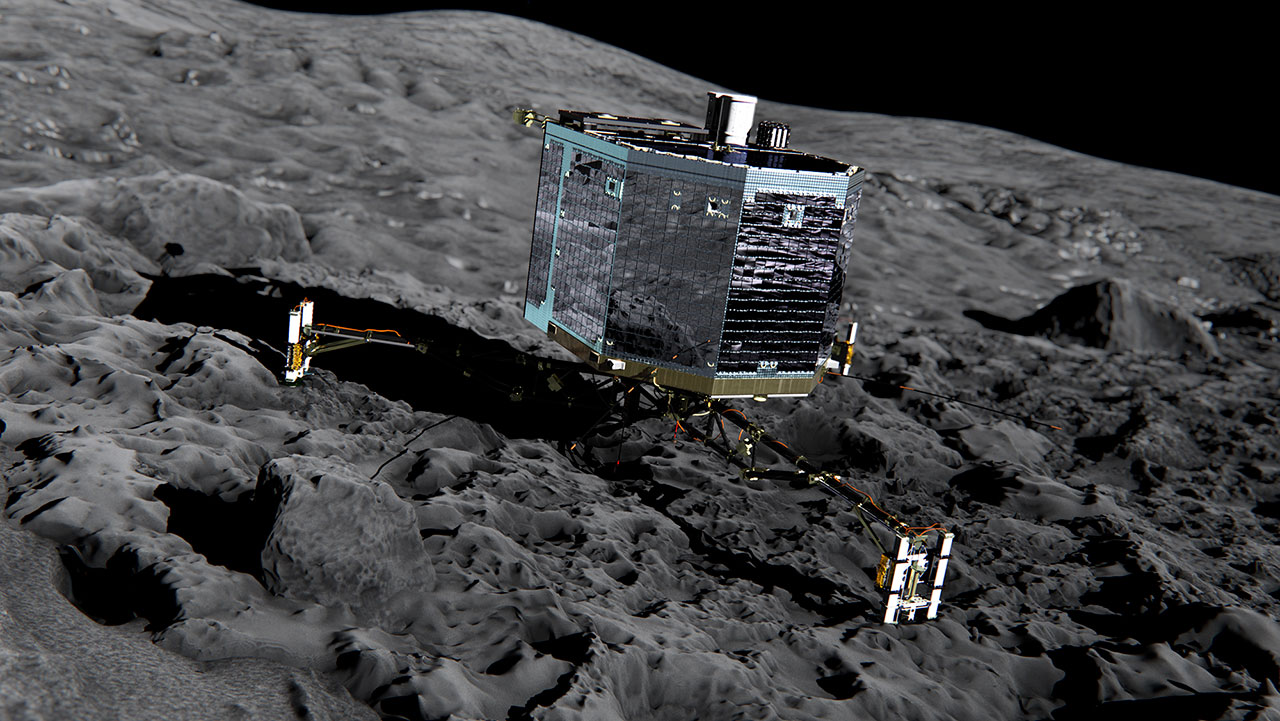
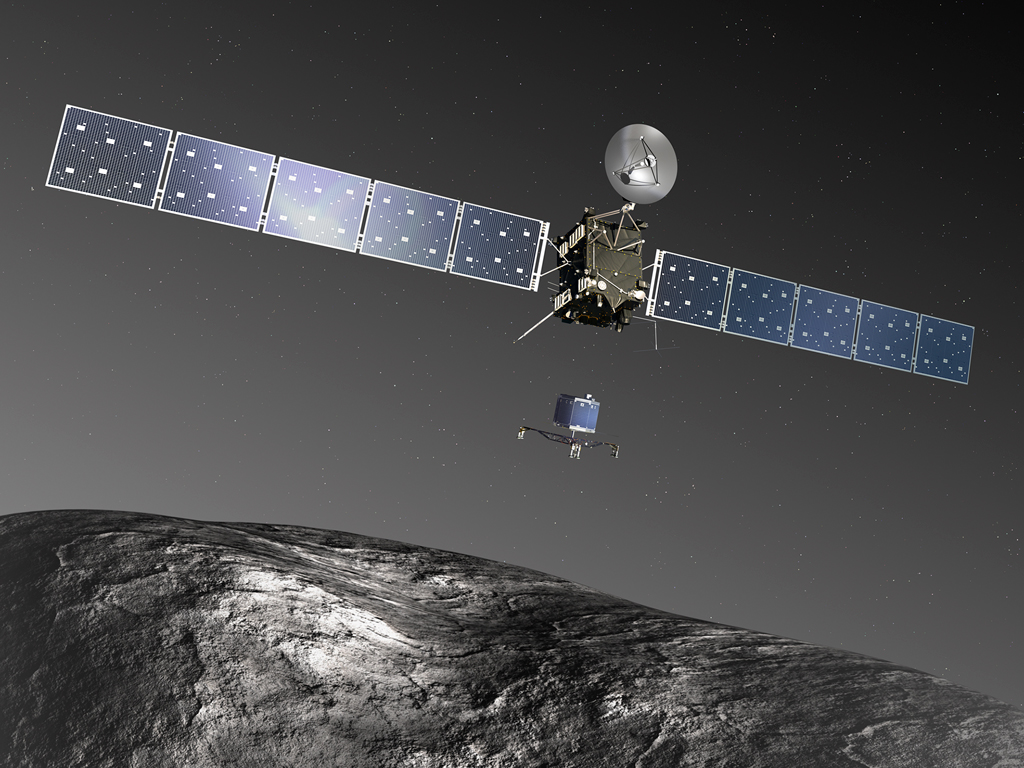
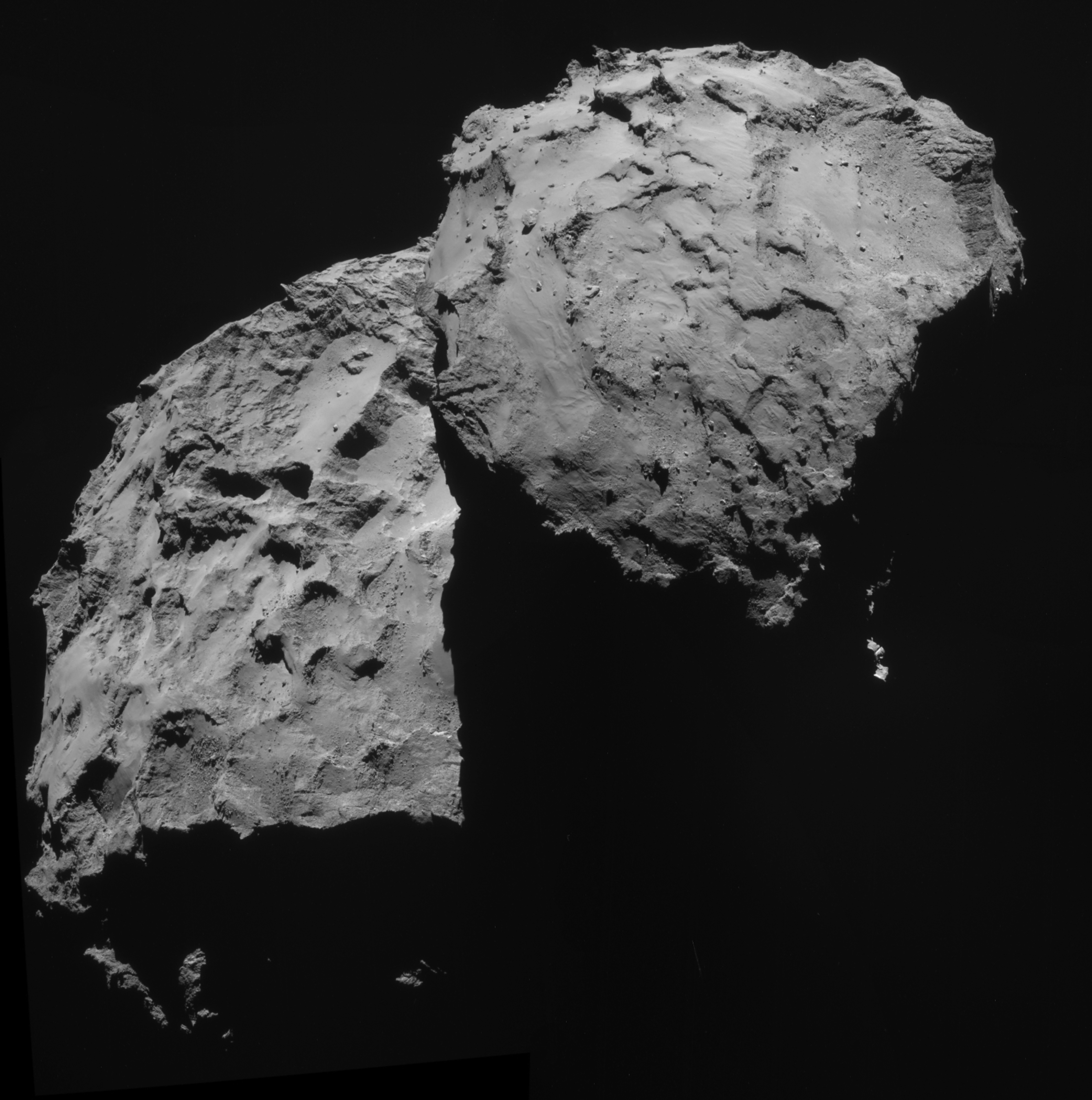
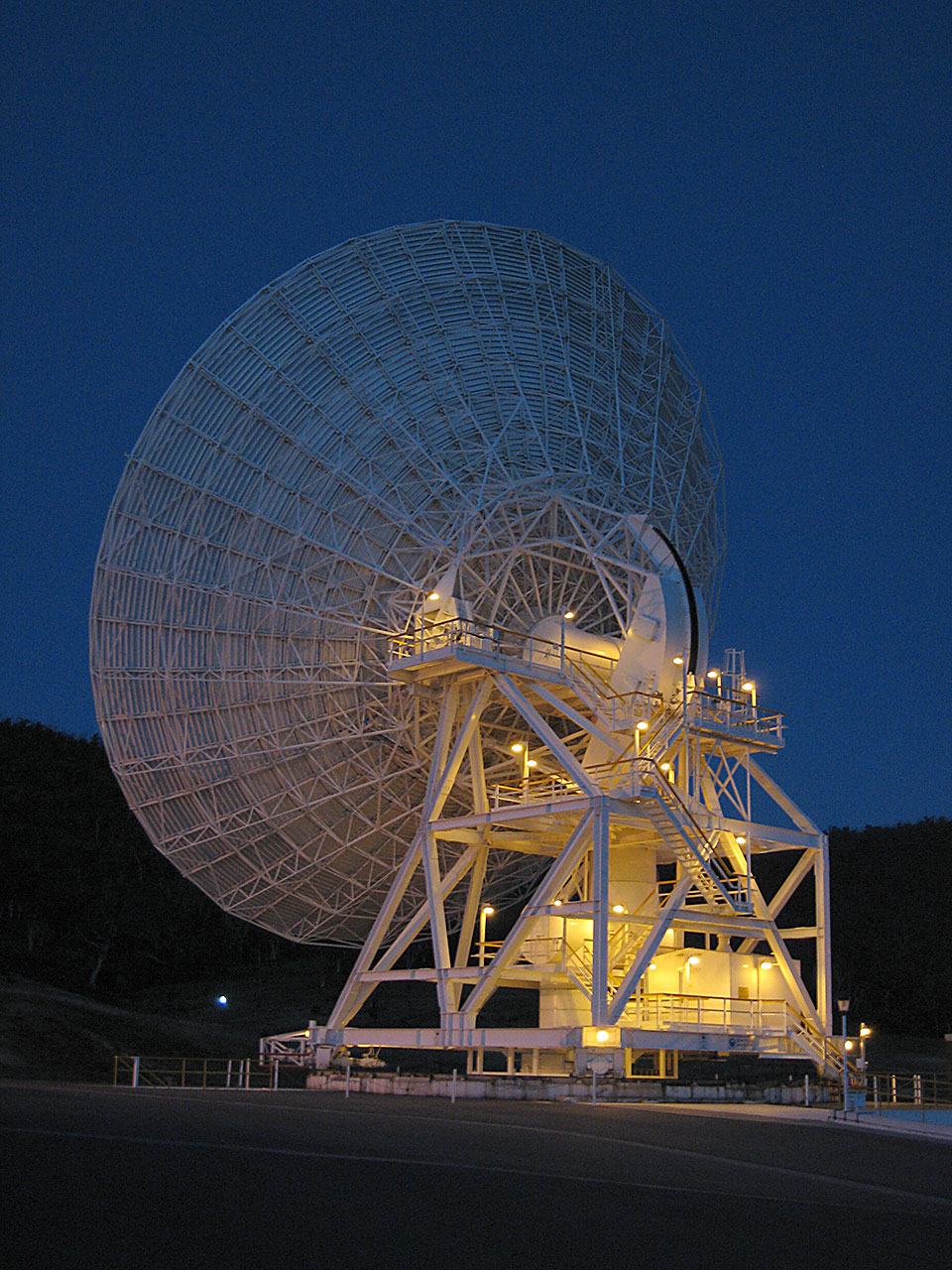
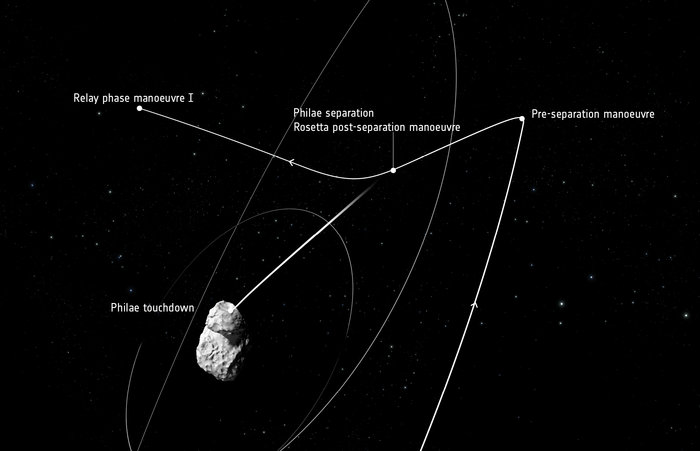
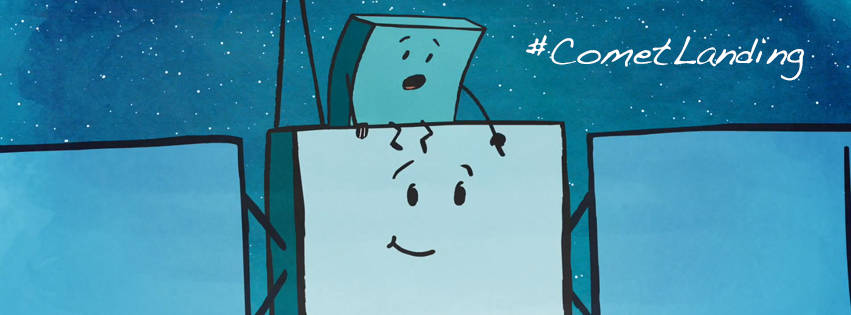

13th November 2014 at 3:28 pm
Reblogged this on starsword.